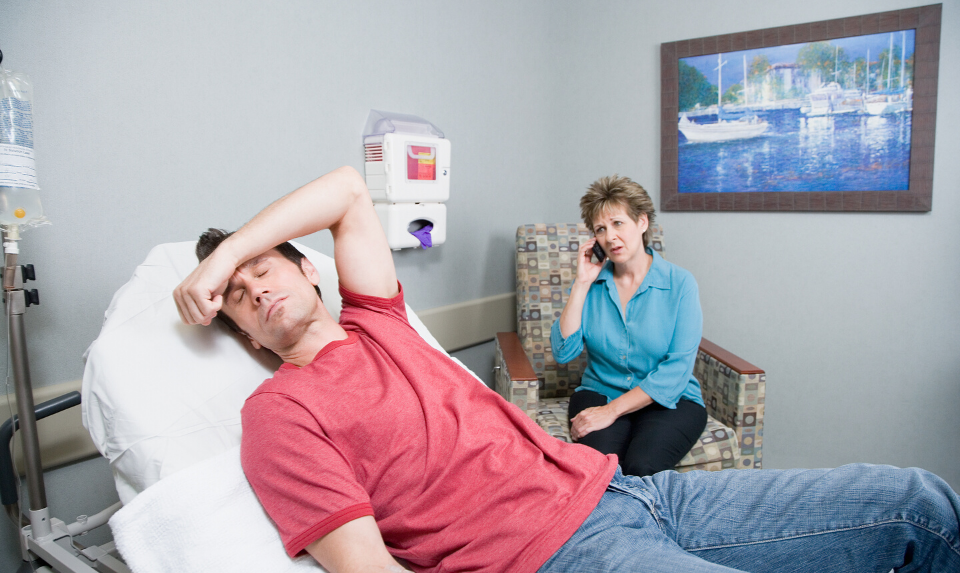Nurses and other healthcare practitioners agree that hospital plumbing systems differ significantly from the plumbing systems seen in residences. Because healthcare facilities are typically large, they need effective hospital plumbing solutions that adhere with any codes or standards in place. Health care centers present a complicated set of difficulties managers and front-line technicians responsible for making drains and pipes flowing.
Topping the list are the several discarded items that end up down drains and in drains but should not. The hospital’s patient buildings tend to give technicians the hardest plumbing issues.
When clogs happen in a hospital, chances are a licensed plumber will have to be called in to fix it. Professional plumbers should not only be invited into tend to clogs but also should be registered for normal visits during the year so they can ensure all the water supply lines and drainage pipes are working reliably.

This is a significant step to prevent significant clogs from happening. But how do clogs happen initially? Are there any risks that pop up when a clog happens?
How Do Hospital Plumbing Clogs Happen?
Hospitals are prone to clogs because several things end up going down the sink that shouldn’t, particularly in areas where patients stay. Everything from paper towels and diapers to plastic bottles and even grease usually find their way in pipes and drains of hospital plumbing systems. Many things that go into hospital plumbing should go within the waste stream. When big items get mixed up in the plumbing systems, it presents complex difficulties for technicians working to keep them operating optimally.
What Happens When the Drains Get Clogged?
When a clog does happen, it’s crucial for technicians and plumbers to take the problem quickly before it gets out of hand. Yet, it’s not as simple as pouring a jug of Drain-O down the drain. In extensive healthcare facilities, hospital plumbing systems are large and complicated, meaning technicians regularly have to spend a good deal of time finding the clog and getting a plan of action on how to unclog it. If clogs go disregarded or they take too long to clear up, what began as an bothersome clog in one patient room can end up affecting the whole facility.
The Dangers of Hiding in Backed-up Hospital Plumbing Drains
Plumbing clogs are a nuisance and headache for anyone. Yet, when they happen in hospital settings, there are certain risks that come to play if a clog is not cleared up in a timely manner. Hospital wastes are wicked breeding grounds for antibiotic-resistant superbug bacteria. When drainage clogs happen, these dangerous bacteria are more likely to splash out of sinks onto countertops or to someone.
In severe cases, something like this could even lead to an outbreak of the infections in the hospital. However, harmful bacteria don’t just thrive in hospital drains; they’re in plumbing pipes, as well. In fact, bacteria are often more challenging to remove once they begin breeding in hospital plumbing pipes.

Drainage Clog Prevention
So, what can be performed to stop drainage clogs so clinic workers, residents, and guests are safe? For starters, it’s a good idea to list regular hospital plumbing inspections throughout the year to guarantee that all plumbing fittings and pipes are in good working condition.
If there is a pipe that is old, repair it so that breakdowns do not happen down the road. Additionally, instruct hospital staff on what can go down drains. There is no rationale why large items, like paper towels and diapers, should be getting their way into the plumbing scheme.
By practicing preventative measures, any hospital can have a well-functioning plumbing system.


